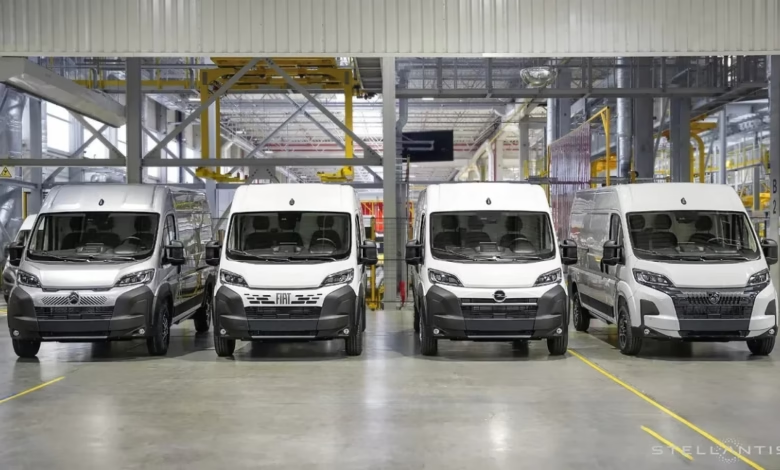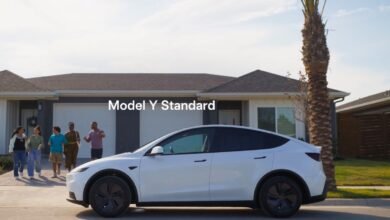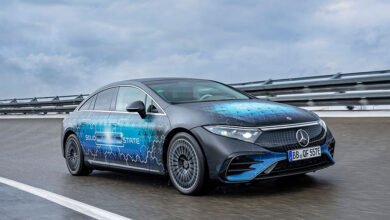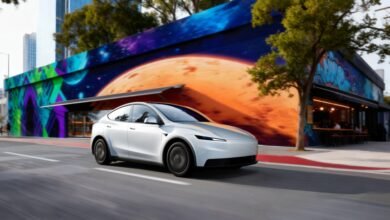Stellantis Drops Hydrogen Fuel Cell Plans

▼ Summary
– Critics argue hydrogen is not a viable clean fuel alternative for vehicles, despite being promoted as such by some.
– Stellantis has canceled its plans to develop hydrogen fuel cell electric vehicles (FCEVs) for light-, medium-, and heavy-duty use.
– Hydrogen’s appeal lies in its faster refueling time compared to lithium-ion batteries, mimicking gasoline convenience.
– However, hydrogen refueling is slower and less practical than gasoline, requiring high pressure or extreme cold temperatures.
– Real-world tests, like Toyota’s hydrogen-powered Corolla, highlight the impracticality of hydrogen as a mainstream fuel.
The automotive industry’s fascination with hydrogen fuel cell technology has hit another roadblock as Stellantis abandons its plans for hydrogen-powered vehicles. The company has officially scrapped development of its light-, medium-, and heavy-duty hydrogen fuel cell electric vehicles (FCEVs), which were slated for production this year. This decision underscores the growing skepticism around hydrogen as a viable alternative to battery-electric vehicles.
For years, hydrogen has been championed as the clean energy solution for transportation, offering the promise of zero emissions, just water vapor from the tailpipe. Proponents argue that refueling with hydrogen is quicker than recharging a battery, making it an appealing option for drivers accustomed to the convenience of gasoline. However, the reality of hydrogen fueling has proven far less practical than the hype suggests.
Take refueling times, for example. While hydrogen advocates highlight faster fill-ups compared to battery charging, the process still lags behind traditional gasoline or diesel. Toyota’s experiments with hydrogen-powered racing cars revealed significant challenges, early attempts required up to seven minutes to refuel tanks pressurized at 70 MPa. Later efforts shifted to cryogenic hydrogen, which must be stored at an extreme -253°C, adding complexity and cost. Neither approach delivers the seamless experience drivers expect.
Beyond refueling hurdles, hydrogen faces other critical drawbacks. Producing, storing, and transporting hydrogen efficiently remains expensive and energy-intensive, often relying on fossil fuels. Even when generated using renewable energy, the overall efficiency of hydrogen as a fuel pales in comparison to direct battery charging. Infrastructure is another major barrier, with hydrogen fueling stations scarce and costly to build.
Stellantis’ exit from hydrogen development reflects a broader industry trend. While some automakers continue to explore niche applications, like heavy trucks or industrial vehicles, the focus has undeniably shifted toward battery-electric solutions. With advancements in battery technology, faster charging, and expanding infrastructure, electric vehicles are increasingly meeting the demands of everyday drivers without hydrogen’s logistical headaches.
For now, hydrogen’s role in passenger vehicles appears limited, if not obsolete. As automakers prioritize practicality and scalability, the dream of hydrogen-powered cars may remain just that, a dream.
(Source: Ars Technica)





